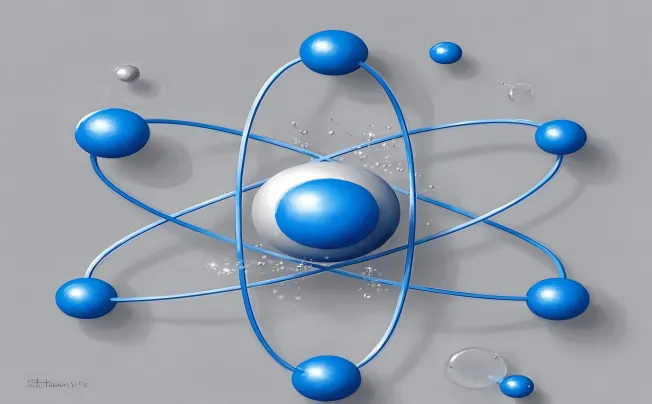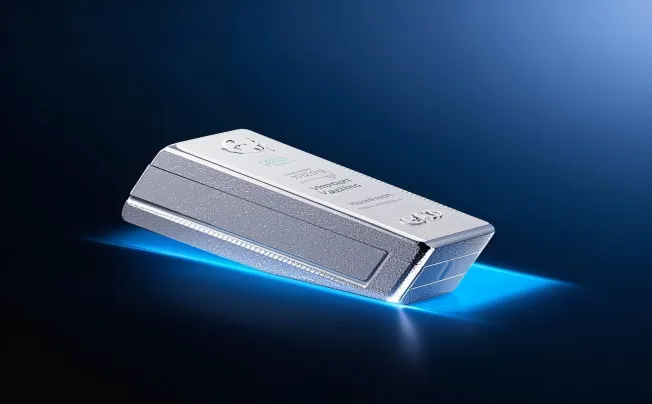Silicon carbide (SiC) is a remarkable compound semiconductor that has captured the attention of scientists and engineers alike. Formed from silicon and carbon, this crystalline material possesses an impressive array of intrinsic properties that set it apart from conventional materials.
Properties of Silicon Carbide
Silicon carbide (SiC) is renowned for its exceptional hardness, which ranks just below that of diamond on the Mohs scale. This remarkable property makes SiC one of the hardest known materials, enabling it to withstand considerable wear and tear.
The crystalline structure of silicon carbide contributes to this strength, as it forms a robust covalent bond that enhances its durability. This characteristic is particularly invaluable in applications where abrasion resistance is paramount, such as in cutting tools and abrasives.
The ability to resist scratching and deformation under pressure allows silicon carbide to outlast conventional materials in demanding environments. For instance, SiC grinding wheels exhibit superior longevity compared to their aluminum oxide counterparts, leading to reduced maintenance costs and improved productivity in industrial settings.
Furthermore, its hardness enables effective machining of hard metals and ceramics, expanding the versatility of SiC in engineering applications across various sectors. In addition to its inherent hardness, silicon carbide's abrasive properties are exploited in producing sandpapers and other surface finishing products.
These materials not only provide a smoother finish but also decrease processing time due to their efficiency. As industries continue seeking durable solutions that can withstand harsh conditions without sacrificing performance or quality, silicon carbide emerges as a frontrunner for high-performance applications.
Abrasives and Cutting Tools
Grinding Wheels and Sandpaper
Silicon carbide is renowned for its exceptional hardness and abrasion resistance, making it an ideal material for manufacturing grinding wheels and sandpaper. The sharp edges of silicon carbide grains allow for efficient cutting and grinding of various materials, from wood to metal. Grinding wheels made from silicon carbide are known for their durability and ability to maintain their sharpness over time, resulting in consistent performance in industrial applications.
Cutting Tools for Machining Hard Materials
In the realm of machining hard materials such as ceramics, composites, or high-strength alloys, silicon carbide-based cutting tools shine brightly. These cutting tools can withstand high temperatures generated during the cutting process due to silicon carbide's exceptional thermal conductivity. The hardness of silicon carbide also ensures long tool life and excellent wear resistance, making it a preferred choice for precision machining applications where toughness and durability are paramount.
Ceramics and Refractories
Kiln Furniture and Crucibles in High-Temperature Applications
Silicon carbide's ability to withstand extreme temperatures without deforming or deteriorating makes it indispensable in the production of kiln furniture and crucibles used in high-temperature applications like metal casting or glassmaking. Silicon carbide components exhibit excellent thermal shock resistance, ensuring they can endure rapid temperature changes without cracking or failing, thus extending the lifespan of kilns and furnaces.
Ceramic Armor for Military and Defense Purposes
The superior strength-to-weight ratio of silicon carbide makes it an ideal material for manufacturing ceramic armor plates used in military and defense applications. Silicon carbide-based ceramics offer outstanding ballistic protection against high-velocity projectiles by dissipating the kinetic energy upon impact. This advanced ceramic armor provides military personnel with enhanced protection while maintaining a lightweight profile compared to traditional metallic armor options.
Electronics and Semiconductors
MOSFETs and Diodes
Silicon carbide's unique combination of properties, including high breakdown voltage, low power loss at high temperatures, and fast switching speed, has revolutionized power electronics devices such as Metal-Oxide-Semiconductor Field-Effect Transistors (MOSFETs) and diodes. SiC-based power electronics offer higher efficiency and power density compared to traditional silicon-based counterparts, making them crucial components in electric vehicles (EVs), renewable energy systems, and industrial applications.
High-Power Radio Frequency Applications
The exceptional electrical conductivity of silicon carbide at high frequencies makes it an excellent choice for radio frequency (RF) applications requiring high-power output efficiency. SiC-based RF devices exhibit low insertion loss, reduced signal distortion, and enhanced thermal stability under demanding operating conditions. From radar systems to telecommunications equipment, silicon carbide plays a pivotal role in enabling reliable RF communication networks with improved performance metrics.
Niche Applications of Silicon Carbide
A Celestial Companion
As an advanced material, SiC exhibits exceptional stability and rigidity, crucial characteristics that make it an ideal choice for telescope mirrors. Traditional materials often succumb to thermal expansion or contraction, leading to distortions that compromise the clarity of astronomical observations.
In stark contrast, silicon carbide maintains its structural integrity under extreme temperature fluctuations—an attribute that is indispensable when peering into the depths of space.
The application of silicon carbide in telescope mirrors offers a dual benefit: enhanced imaging quality and reduced weight. The low density of SiC allows for larger mirrors without significantly increasing the overall mass, which is particularly advantageous for ground-based observatories and space telescopes alike. Not only does this lightweight property facilitate easier handling and installation, but it also minimizes gravitational effects on the mirror's deformation during operation. Consequently, astronomers can achieve unprecedented resolution in capturing distant celestial bodies.
In recent endeavors to enhance our understanding of the universe, SiC has been pivotal in advancing optical systems designed for space exploration missions.
For instance, telescopes equipped with silicon carbide mirrors are increasingly employed in missions aimed at studying exoplanets or probing cosmic phenomena like dark matter and dark energy. By offering superior performance under harsh conditions—such as those found beyond Earth's atmosphere—silicon carbide is propelling astronomical research into new frontiers.
Charting New Frontiers
As humanity ventures deeper into outer space through ambitious exploration programs, silicon carbide continues to play a critical role in enhancing mission capabilities and outcomes. The material's resilience not only enables its use in optical components but also extends to various instruments designed for interstellar missions.
For example, sensors constructed from SiC provide reliable data collection even amid extreme environmental challenges encountered during deep-space travel. One compelling application lies within propulsion systems where silicon carbide serves as a semiconductor material capable of enduring high temperatures and radiation levels often found on spacecraft traveling beyond Earth’s protective atmosphere.
Using SiC-based power electronics enhances energy efficiency while minimizing thermal load on spacecraft systems—a vital consideration when navigating through harsh conditions prevalent on other celestial bodies such as Mars or Venus. Furthermore, ongoing research is exploring how silicon carbide can enhance communication technologies essential for deep-space missions.
As we strive for faster data transmission over vast distances—where latency poses significant challenges—SiC's superior electrical properties may facilitate advancements that ensure seamless communication between spacecraft and mission control centers back on Earth.








